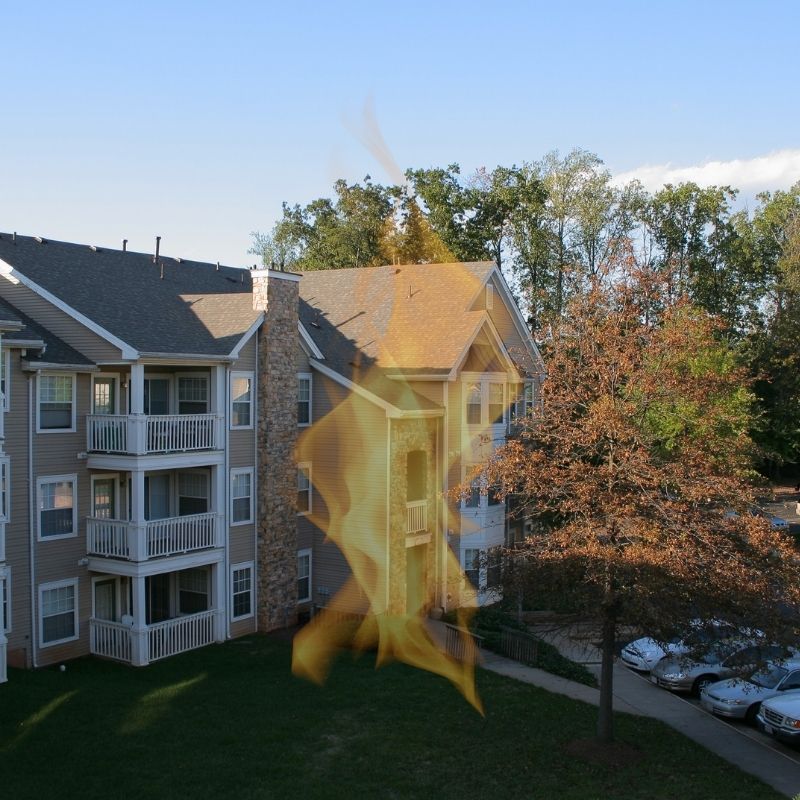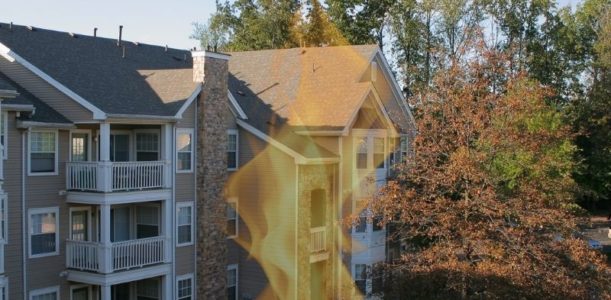
2022 started tragically for many families in Philadelphia and New York where two catastrophic residential fires claimed nearly 30 lives. The fire in Philadelphia occurred on January 5th in a Housing Authority rowhouse and claimed the lives of 12 people, including three sisters and eight of their children. The investigation continues although it appears a Christmas tree may have been the start of the blaze, but firefighters stated that the home had no working smoke detectors although they were working during an inspection in the spring of 2021.
Get A Quote for Multi-Family Building Fire & Life Safety Systems
Just days later, 19 people were killed in one of the deadliest fires in New York City in decades. A multi-family high-rise complex in the Bronx claimed the lives of 19 people, including nine children, with an additional 44 people injured, 13 critically. The fire appears to have started from a space heater on the third floor and spread to the top of the 19-story building.
These two fires occurred approximately 100 miles away from each other with death tolls placing them in the top 10 most catastrophic residential fires in the last 40 years. While the total amount of residential fires and total deaths have declined according to the most recent 2021 NFPA Report on Fire Safety in the U.S., these two fires remind us that tragedy can strike at any time.
Preparedness and the NFPA Fire & Life Safety Ecosystem
Preparedness with reliable fire alarm and life safety systems and a focus on safety first can never take a backseat when protecting multifamily complexes. Building owners must continually work with their fire and life safety system consultant to ensure all fire detection, notification, and evacuation systems are working properly. The National Fire Protection Association, NFPA, offers several resources with the NFPA Press Room including the NFPA Fire & Life Safety Ecosystem™.
What is the NFPA Fire & Life Safety Ecosystem?
The NFPA Fire & Life Safety Ecosystem is a framework that identifies all of the eight key components that need to be working together to reduce risk, prevent loss, death, and injuries from fire and electrical hazards. The components in the Fire & Life Safety Ecosystem include:
- Government responsibility
- Development and use of current codes
- Reference standards
- Investment in safety
- Skilled workforce
- Code compliance
- Preparedness and emergency response
- Informed public
All components of an ecosystem must work together to protect everyone, when one component is faulty or missing the entire Ecosystem may collapse and result in tragedy. This framework identifies all components that need to work together.
HRSS Is A Critical Component in Commercial Fire Safety
High Rise Security Systems, HRSS, is the leading commercial fire and life safety system provider in the Chicago area with vast experience in supporting the NFPA Ecosystem. We are recognized for our in-depth expertise of all code compliance and reference standards including local regulations from the Chicago Building Code, all state and national regulations including all NFPA standards.
Our fire alarm and life safety system specialists offer decades of experience and knowledge of requirements for Protecting Multi-family in Commercial Buildings from smoke detector location, sprinklered systems, ADA compliance issues and more.
HRSS helps our clients with comprehensive fire safety services from fire alarm system design to UL listed equipment from the top manufacturers, fire alarm inspections, testing, maintenance, and monitoring 24/7/365. We protect commercial properties of all types and sizes, low rise, high-rise, and multifamily complexes. Contact us with any questions and to ensure maximum safety and protection of your property and people in multifamily complexes.



